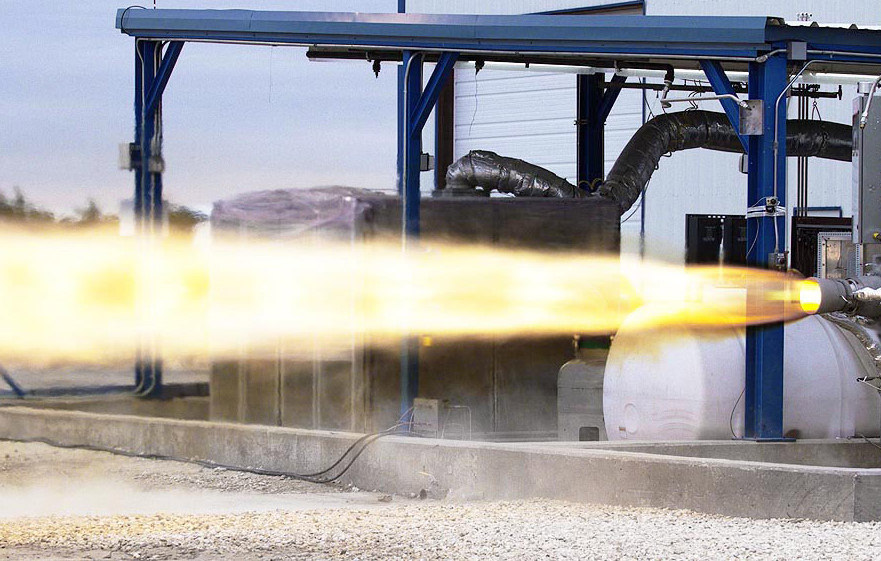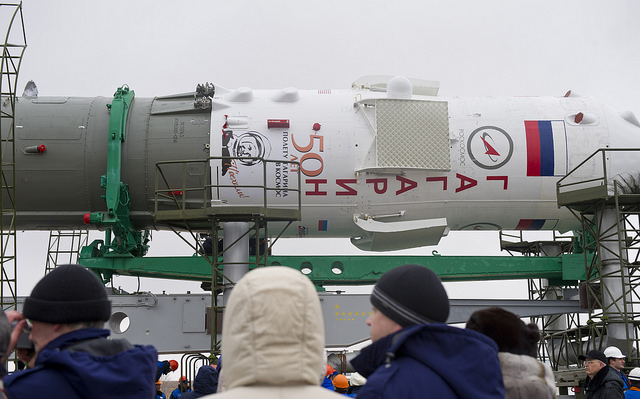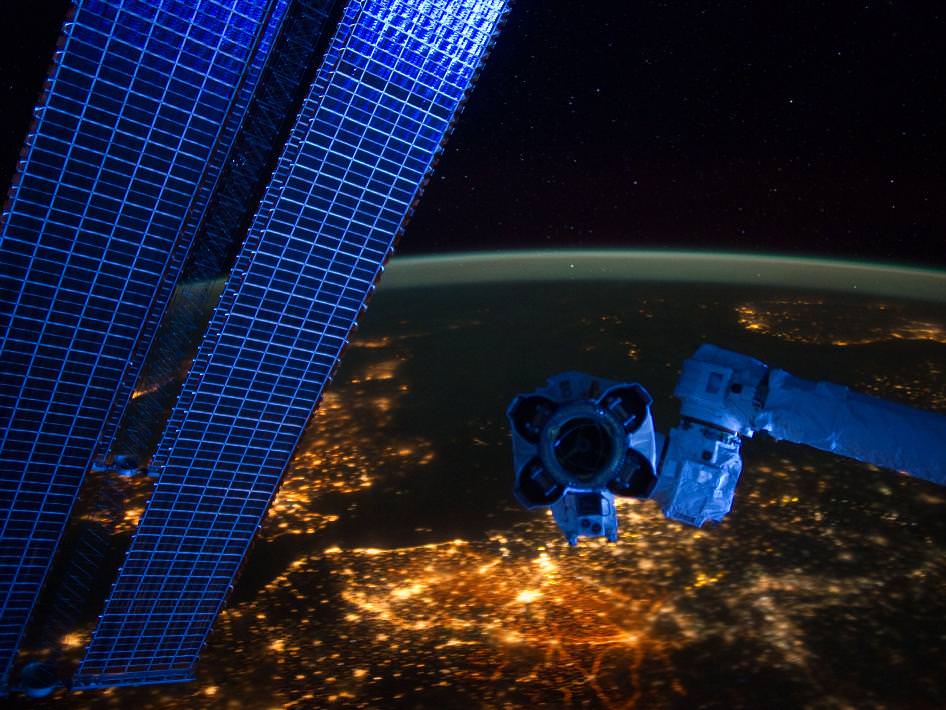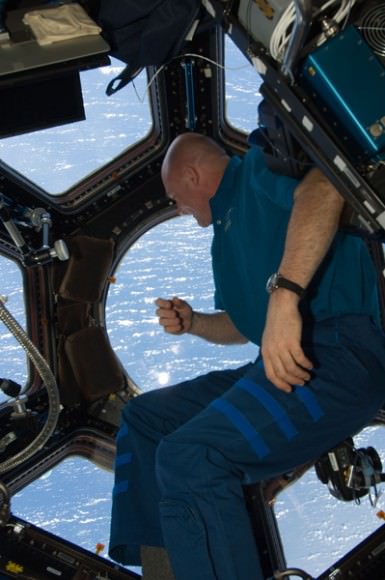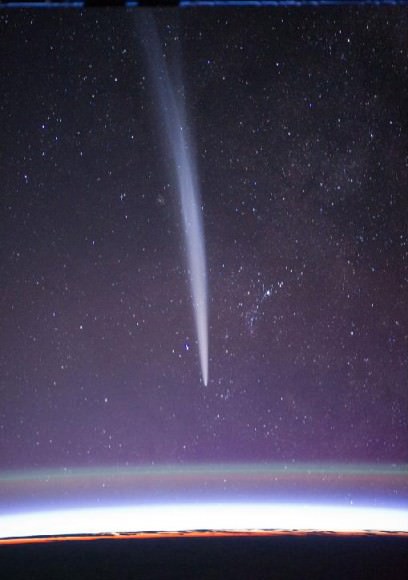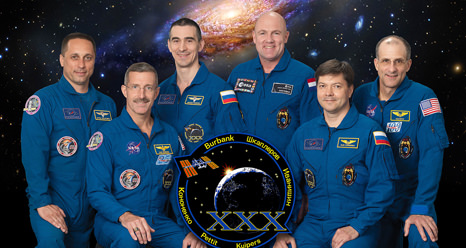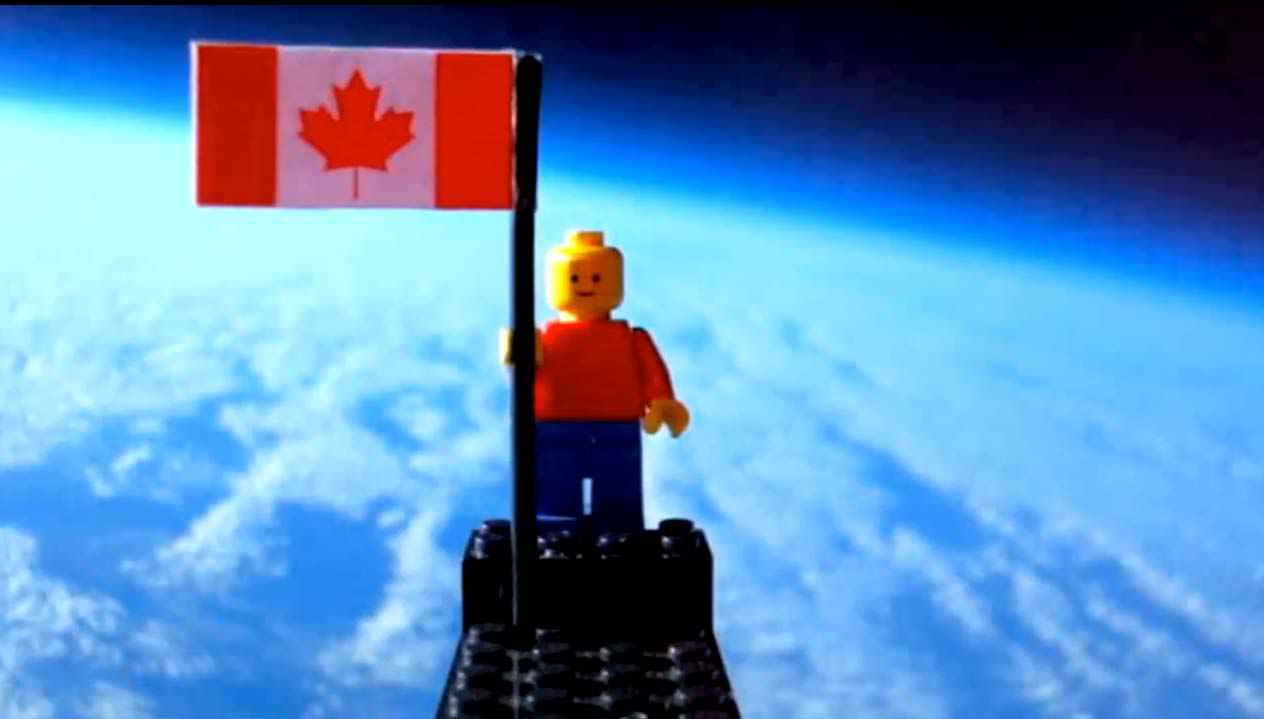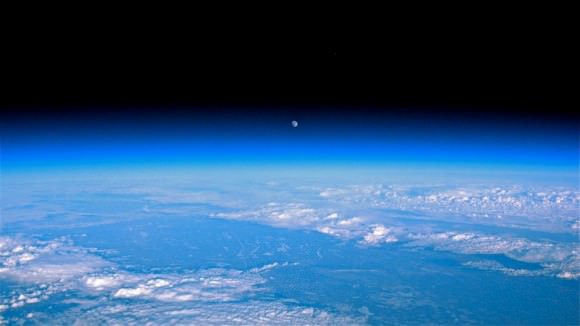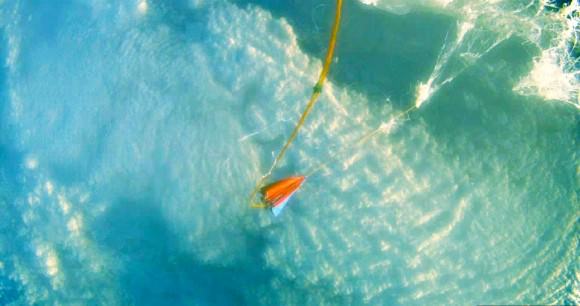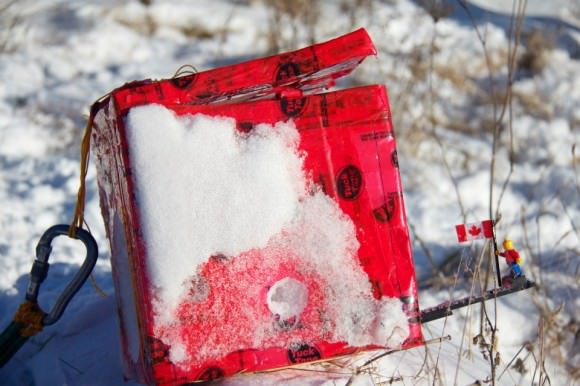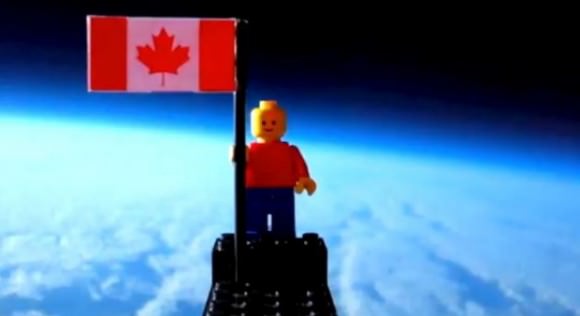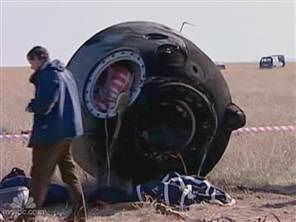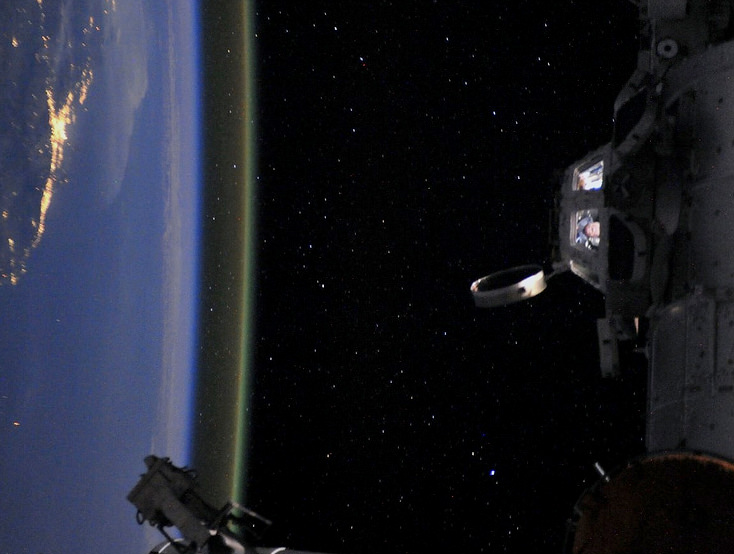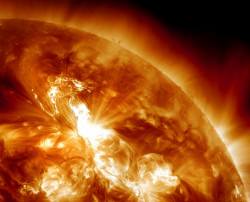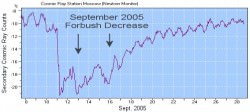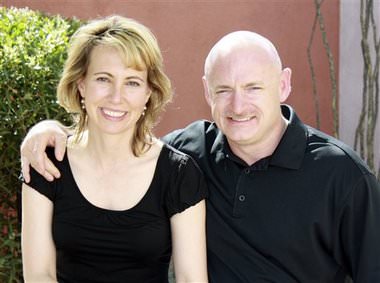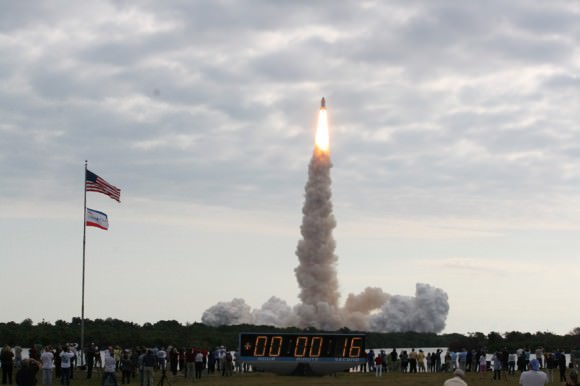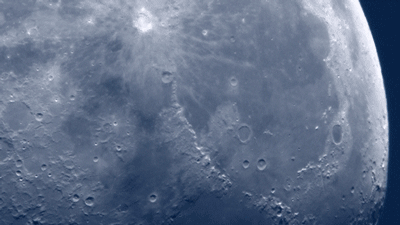[/caption]
Space Exploration Technologies (SpaceX) has test fired a prototype of its new SuperDraco engine that will be critical to saving the lives of astronauts flying aboard a manned Dragon spacecraft soaring to orbit in the event of an in-flight emergency.
The successful full-duration, full-thrust firing of the new SuperDraco engine prototype was completed at the company’s Rocket Development Facility in McGregor, Texas. The SuperDraco is a key component of the launch abort system of the Dragon spacecraft that must fire in a split second to insure crew safety during launch and the entire ascent to orbit.
The Dragon spacecraft is SpaceX’s entry into NASA’s commercial crew development program – known as CCDEV2 – that seeks to develop a commercial ‘space taxi’ to launch human crews to low Earth orbit and the International Space Station (ISS).
The engine fired for 5 seconds during the test, which is the same length of time the engines need to burn during an actual emergency abort to safely thrust the astronauts away.
Watch the SpaceX SuperDraco Engine Test Video:
Nine months ago NASA awarded $75 million to SpaceX to design and test the Dragon’s launch abort system . The SuperDraco firing was the ninth of ten milestones that are to be completed by SpaceX by around May 2012 and that were stipulated and funded by a Space Act Agreement (SAA) with NASA’s Commercial Crew Program (CCP).
“SpaceX and all our industry partners are being extremely innovative in their approaches to developing commercial transportation capabilities,” said Commercial Crew Program Manager Ed Mango in a NASA statement. “We are happy that our investment in SpaceX was met with success in the firing of its new engine.”
Dragon will launch atop the Falcon 9 rocket, also developed by SpaceX.
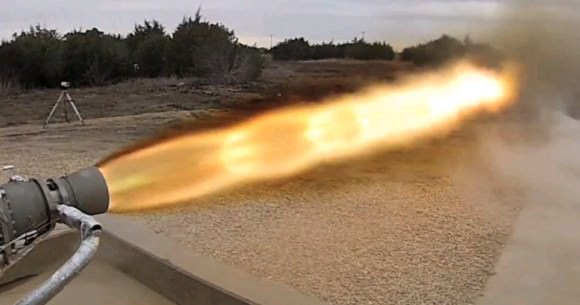
“Eight SuperDracos will be built into the sidewalls of the Dragon spacecraft, producing up to 120,000 pounds of axial thrust to quickly carry astronauts to safety should an emergency occur during launch,” said Elon Musk, SpaceX chief executive officer and chief technology officer in a statement. “Those engines will have the ability to deep throttle, providing astronauts with precise control and enormous power.”
“Crews will have the unprecedented ability to escape from danger at any point during the launch because the launch abort engines are integrated into the side walls of the vehicle,” Musk said. “With eight SuperDracos, if any one engine fails the abort still can be carried out successfully.”
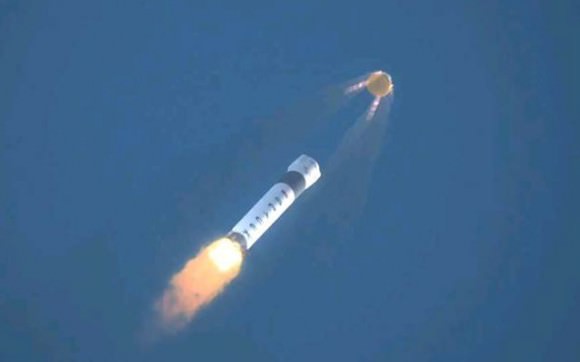
SpaceX is one of four commercial firms working to develop a new human rated spacecraft with NASA funding. The other firms vying for a commercial crew contract are Boeing, Sierra Nevada and Blue Origin.
“SuperDraco engines represent the best of cutting edge technology,” says Musk. “These engines will power a revolutionarylaunch escape system that will make Dragon the safest spacecraft in history and enable it to land propulsively on Earth or another planet with pinpoint accuracy.”
The privately developed space taxi’s will eventually revive the capability to ferry American astronauts to and from the ISS that was totally lost when NASA’s Space Shuttle orbiters were forcibly retired before a replacement crew vehicle was ready to launch.
Because the US Congress slashed NASA’s commercial crew development funding by more than 50% -over $400 million – the first launch of a commercial space taxi is likely to be delayed several more years to about 2017. Until that time, all American astronauts must hitch a ride to the ISS aboard Russian Soyuz capsules.
This week the Russian manned space program suffered the latest in a string of failures when when technicians performing a crucial test mistakenly over pressurized and damaged the descent module of the next manned Soyuz vehicle set to fly to the ISS in late March, thereby forcing about a 45 day delay to the launch of the next manned Soyuz from Kazakhstan.

